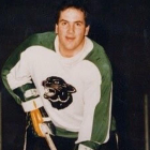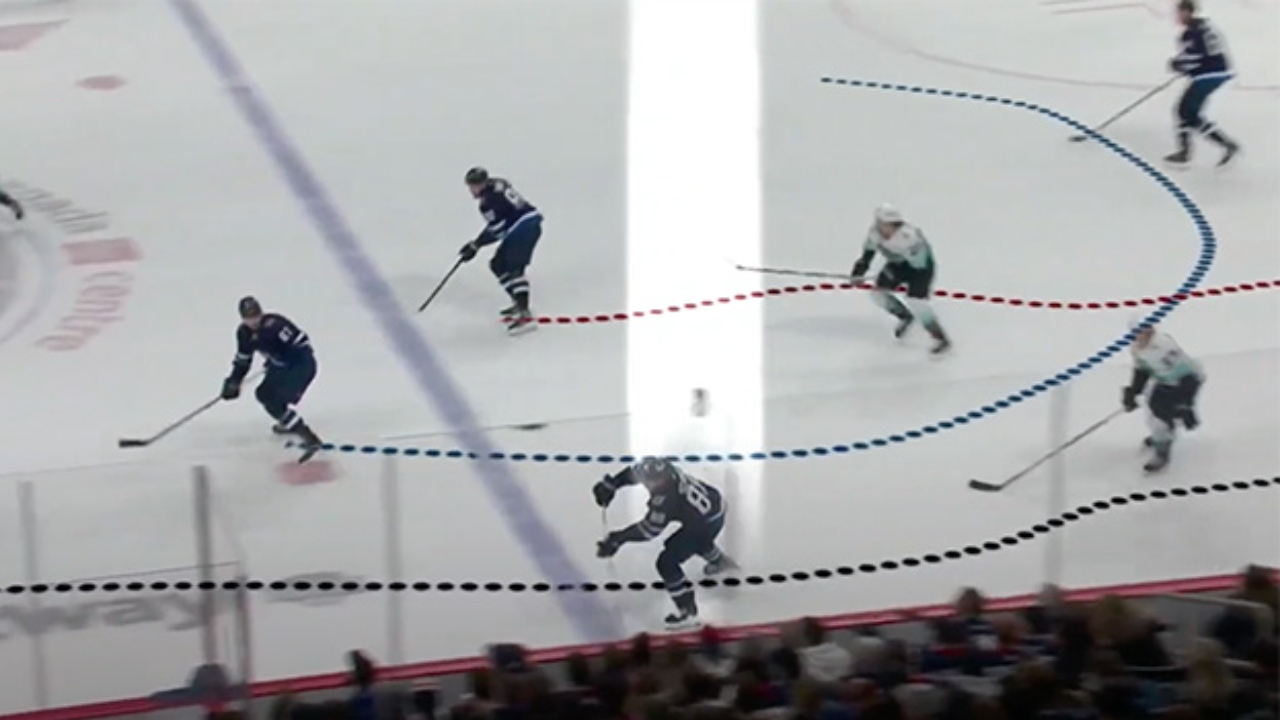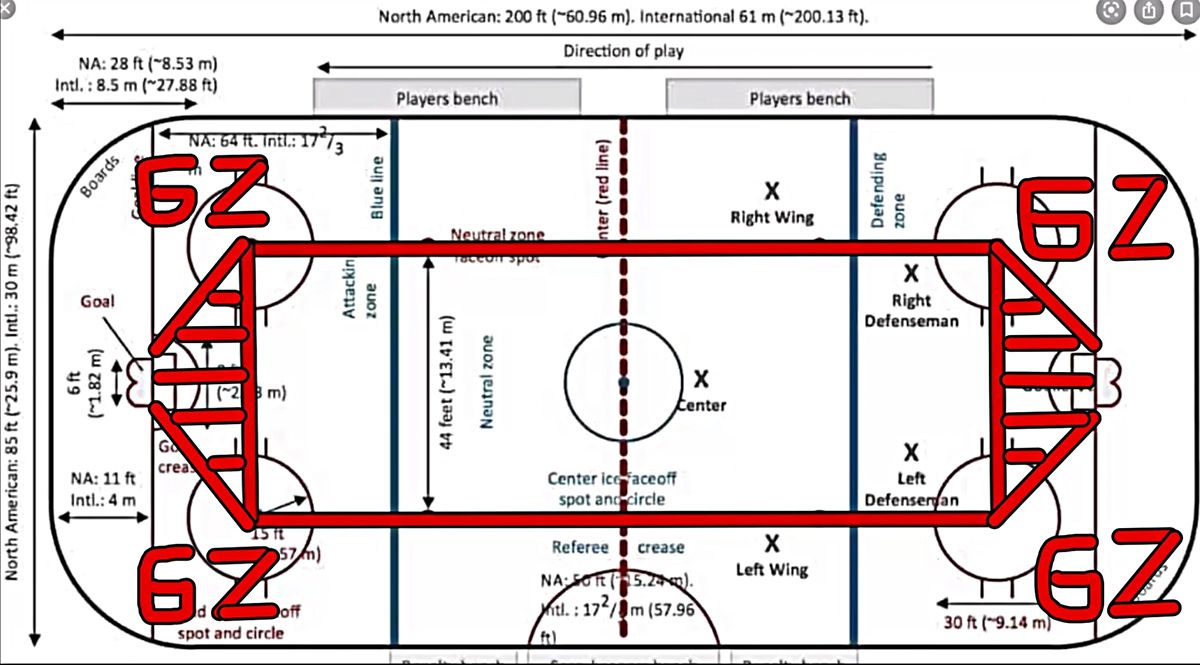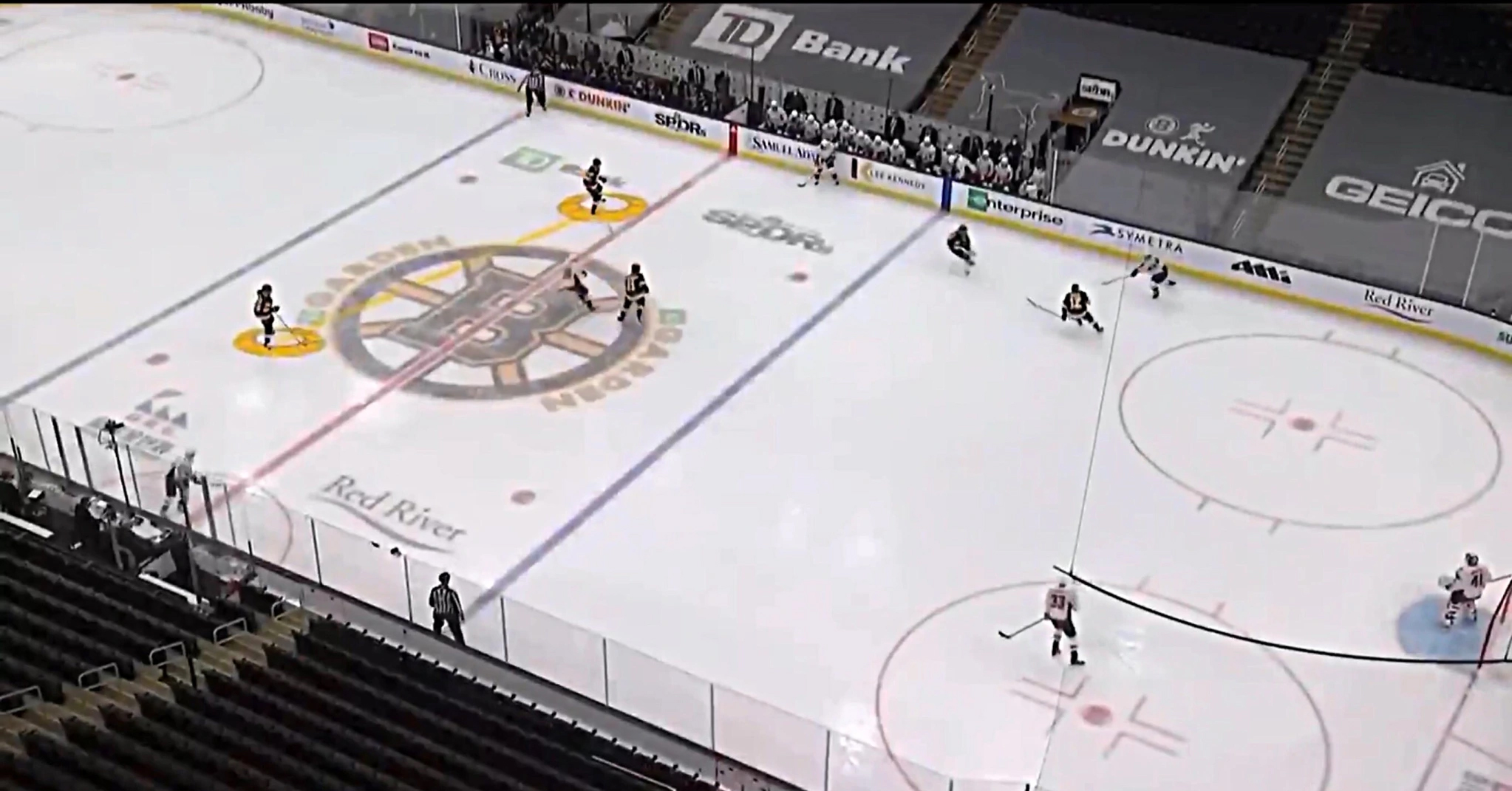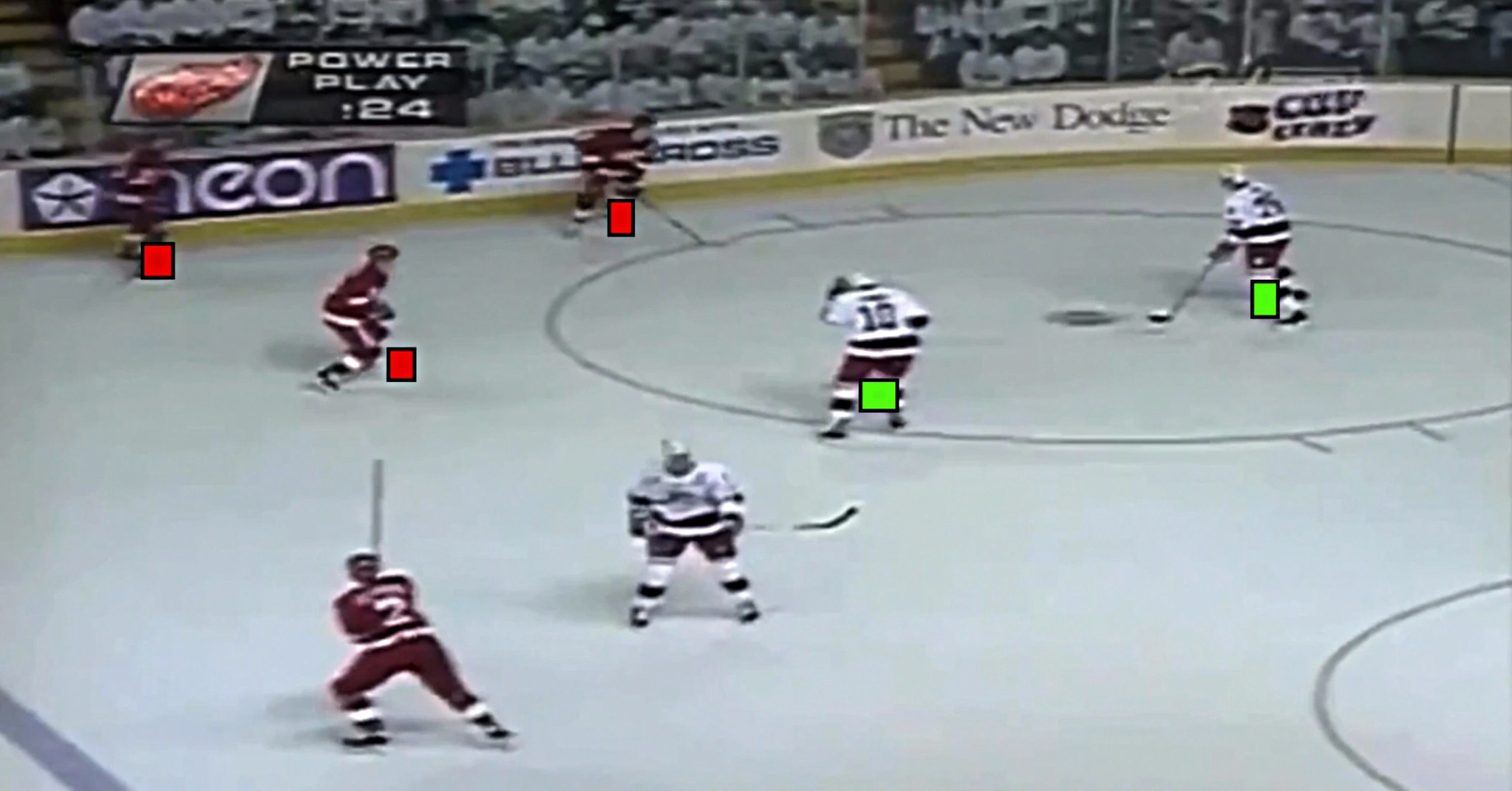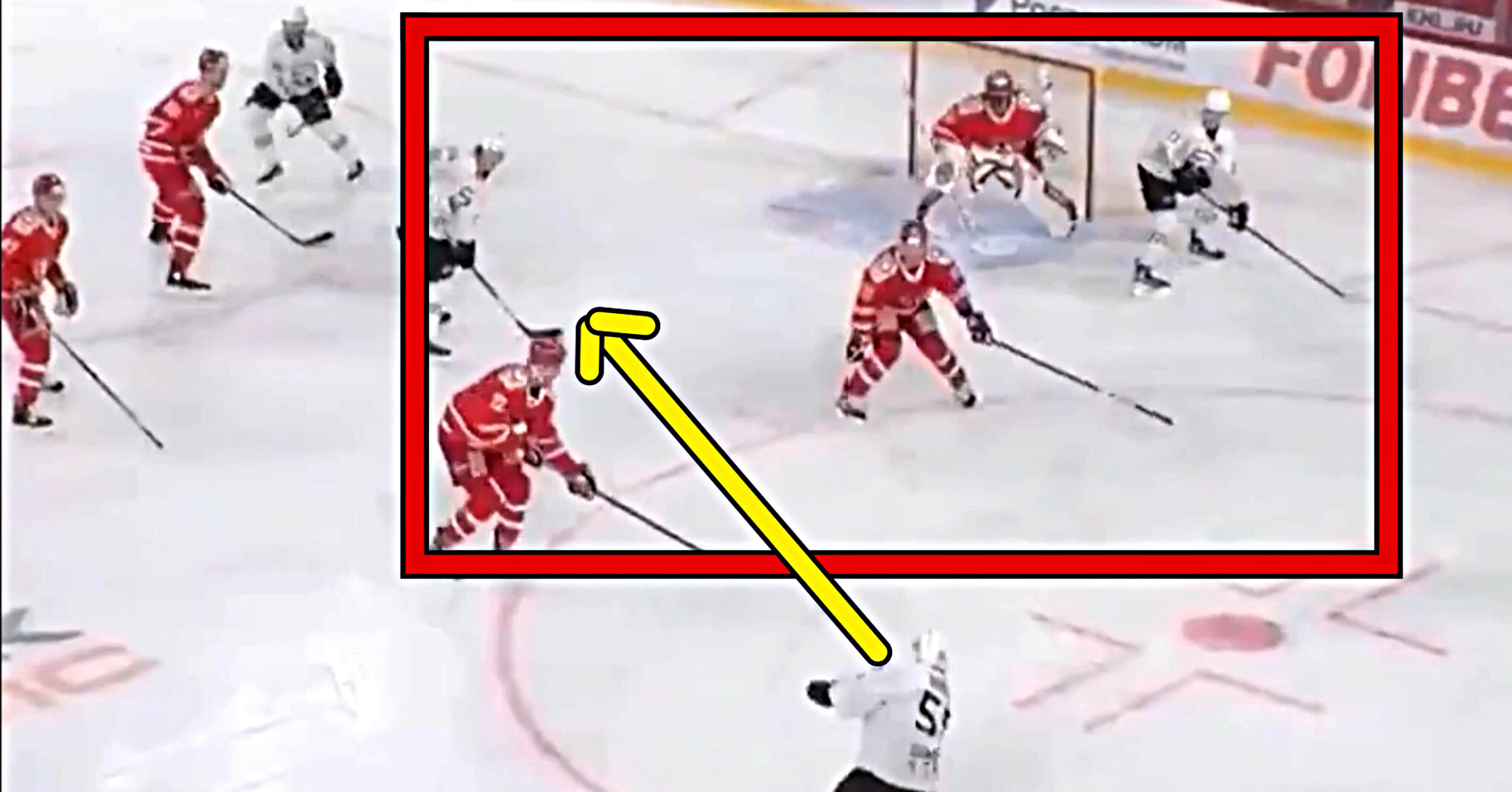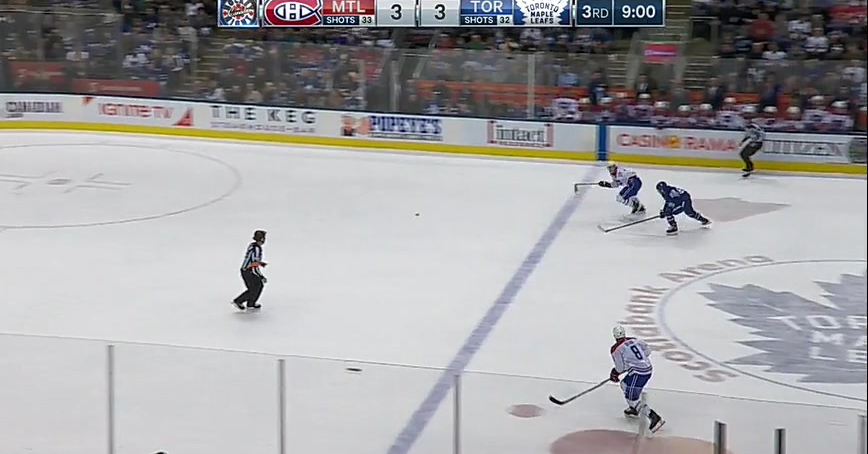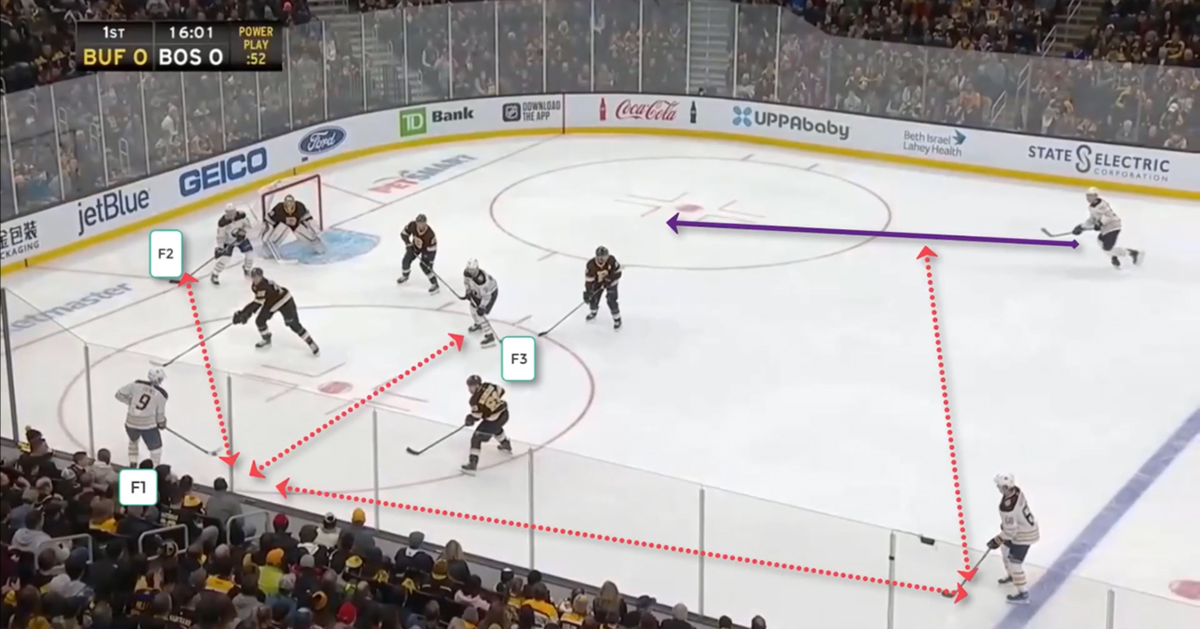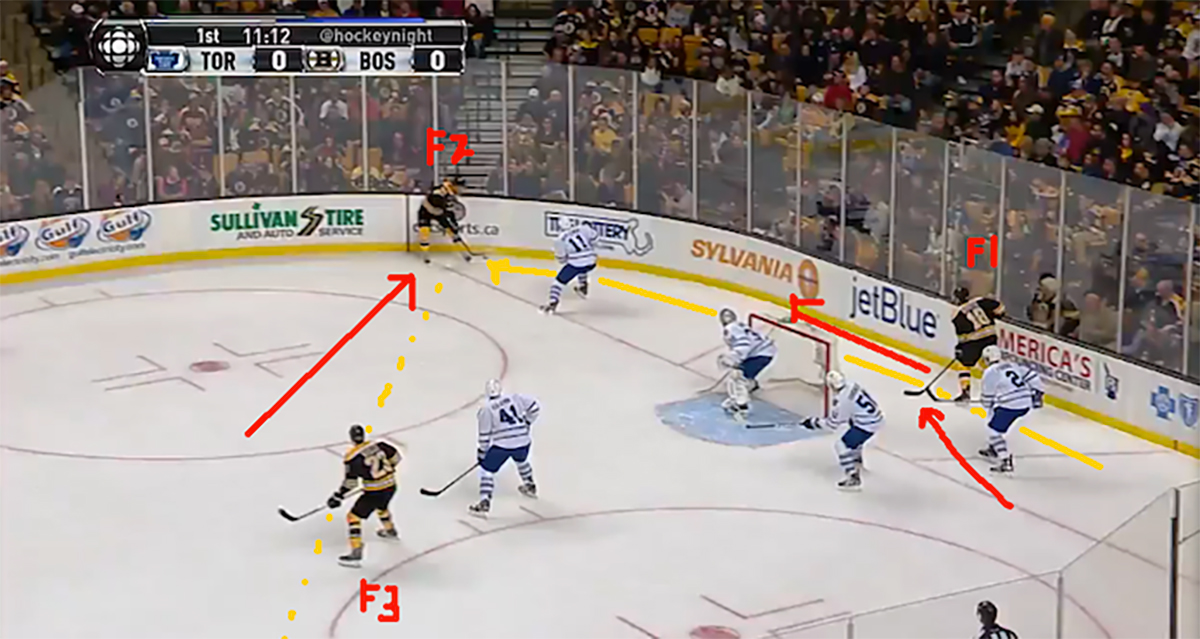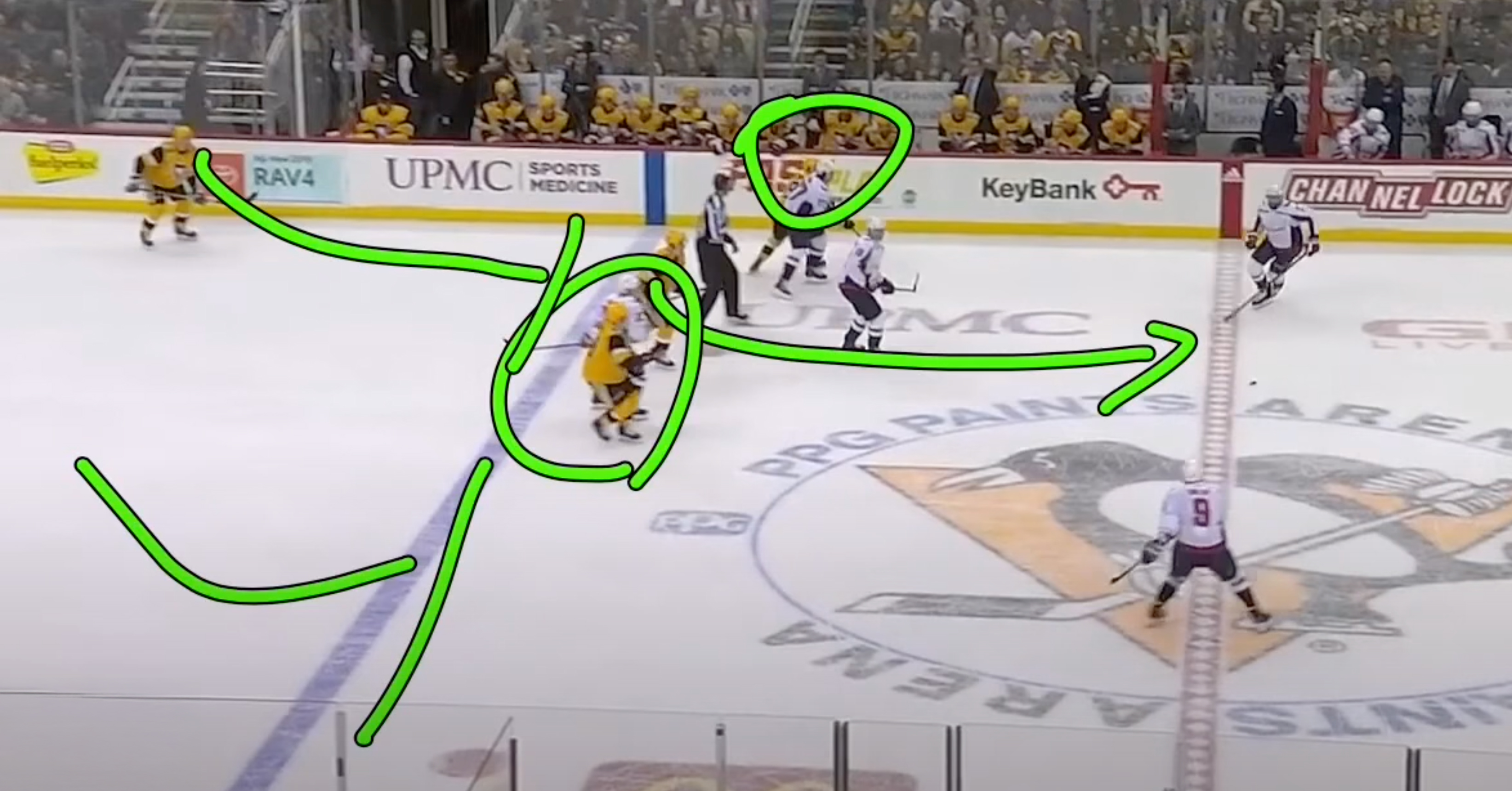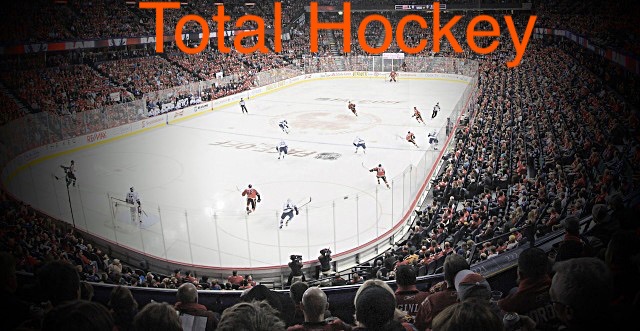
Players who grew up playing shinny hockey on the outdoor rinks before indoor ice arenas were being built in their neighborhoods learned how to play the game of hockey the right way without coaching. Total Hockey Principles were unknowingly being played by kids playing shinny hockey. As kids we wanted to play more with the puck than without the puck. Playing with the puck was more fun attacking on offence than it was defending to win back the puck. We played as a unit and knew the importance of playing as a unit.
Playing shinny hockey as kids we learned to manage the puck as a unit to play a game of keep away. As soon as the other side regained puck possession our group contracted the ice surface with inside out puck pressure to create a smaller area to defend - to win back the puck.
To win back the puck you needed to contract the ice surface to create a smaller area to defend and to create scoring you needed to expand the ice and be able to play in tight spaces to create space to make plays. The principles of Total Hockey made sense because hockey sense makes sense.
8 Principles
- Fluid Positions: Players aren't restricted to playing rigid positions allowing for dynamic movement and interchangeability.
- Versatility: Players need to be adept at multiple roles capable of playing different roles in different areas of the ice surface.
- Collective Responsibility: The group on the ice play as a connected group of FIVE with all players contributing to the attacking offence to create space and to the swarming defence to take away space.
- Emphasis on Puck Possession and Attack Offence while maintaining tactical structure flexibility with the focus on creating attack opportunities and exploiting space.
- Puck and player movement based on tactical flexibility is the team's identity.
- Total Hockey is played in all 3 zones of the ice surface at even strength and on special teams.
- Contract the ice surface as a unit to create a smaller space/area to defend to win back the puck.
- Expand the ice surface as a unit to exploit space to create attacking opportunities to score.
The best offence is a good defence. The teams that play the Total Hockey Concept play a simple style of game that's hard to play. Players must possess excellent technical hockey skills and hockey sense to execute skills, tactics and systems at a high pace of play. The high pace of play and the ability to play in tight spaces requires the athletes to be in excellent physical condition and to have the physical strength to be heavy on pucks. Hockey is a game of battles for possession of the puck in all 3 zones so players must play at a high rate of competitiveness.
The earlier Total Hockey Principles are introduced to kids interested in developing their game, the better. Players should be encouraged to want the puck by learning how as a collective unit to hunt pucks to create puck battles, win pucks and attack quickly with numbers and speed off puck wins in transition to offence.
Total Hockey should be part of a team's identity. The Florida Panther's identity in 2024 & 2025 was Total Hockey. You will see the 8 principles of the Total Hockey Concept being played in all 3 zones in their back to back wins of the Stanley Cup. About 90% of NHL teams are trying to play Total Hockey but they haven't been able to play that style of game at a level to beat the Florida Panthers.
Players are smart and they will gravitate to the Total Hockey Concept with relative ease but will struggle with the physical demands of Total Hockey because it requires them to be excellent at checking, winning battles in tight spaces and playing a 200' game every shift, every play, every game.
Video: Edmonton Oilers Defensive Zone
Before viewing the 56 seconds in the video clip below ask yourself these questions:
- We're the Oilers defending as a collective unit?
- Were the Oilers demonstrating an ability to regain puck possession as a collective unit?
- Were the Oilers able to contract the ice surface as a unit to create a smaller area to defend?
- Would the Oilers benefit from playing the Total Hockey Concept Principles?
- Is a loose puck a Pressure Trigger for the collective unit to pressure up on to win the puck back?
- Why didn't the Oilers contract the ice as a unit to force a contested puck battle with #'s to regain puck possession sooner?
The Strength of the Wolf - Rudyard Kipling's The Jungle Book
The saying "The strength of the wolf is the pack, and the strength of the pack is the wolf" originates from Rudyard Kipling's The Jungle Book and highlights the interconnectedness and mutual dependence within a group. It signifies that the well-being of both the individual wolf and the wolf pack are intertwined. A strong pack relies on the individual contributions of its members, and conversely, each wolf gains strength and support from being part of the collective.
The saying is true and meaningful and provides the reason for playing the Total Hockey Concept Principles. The strength of the individual player on the ice is the unit of players they play with each shift. The strength of the unit of players on the ice is the strength of each individual player.
The Strength of the Wolf is more than a saying, it's a proven concept that applies to the Total Hockey Concept and it's principles. The concept provides the reason why every Head Coach must put together 5 player units that support each other to play this fast pace style of game.
When players on the ice become disconnected in their execution of tactics and systems they're unable to maintain puck possession and control and their ability to regain puck possession is compromised.
